Disclosure: This article contains affiliate links. We may earn a commission from purchases at no extra cost to you, which helps our travel content.
After 35 years tracking down missing persons, I've developed something of a sixth sense for finding what others overlook. These days, I apply those same investigative skills to uncover hidden travel gems—particularly pristine beaches that haven't yet succumbed to mass tourism. During my recent spring exploration of Mexico's Yucatan Peninsula, I deliberately bypassed Cancun's hotel zone with its wall-to-wall resorts and party crowds. Instead, I rented a modest car and followed leads to seven secluded coastal havens along the Riviera Maya. What I discovered were beaches that felt like stepping back in time—places where the turquoise waters remain crystal clear, the sand pristinely white, and where you can still hear yourself think. For couples seeking romantic seclusion rather than beach club beats, these hidden paradises offer the perfect escape. Pack your snorkel gear and leave the tourist traps behind—we're going off the beaten path.
Playa Xcacel: The Protected Turtle Sanctuary
Just 60 miles south of Cancun's airport lies a beach that feels worlds away from the resort corridor's chaos. Playa Xcacel remains one of the Riviera Maya's best-kept secrets largely due to its protected status as a turtle sanctuary. Unlike the manicured beaches further north, Xcacel retains its wild character—a crescent of powder-white sand embraced by dense jungle on one side and crystalline waters on the other.
During my visit, I arrived early (around 8 AM) and found myself alone except for a local conservation volunteer who was checking on recent turtle nest markers. The beach has minimal facilities by design—just basic restrooms and outdoor showers—but that's precisely its charm. What it lacks in amenities, it makes up for with pristine natural beauty.
The true treasure of Xcacel lies just a few steps inland: a freshwater cenote connected to the beach by a short jungle path. After swimming in the Caribbean's salty embrace, slipping into the cool, mineral-rich cenote waters felt like discovering a secret oasis. The contrast between the two swimming experiences—one open and vast, the other sheltered and intimate—creates a perfect balance for a day trip.
As an experienced snorkeler, I was impressed by the healthy coral formations just offshore. Bring your own snorkel set as there are no rental facilities here. The waters remain shallow and calm enough for beginners while offering enough marine life to keep experienced snorkelers engaged.
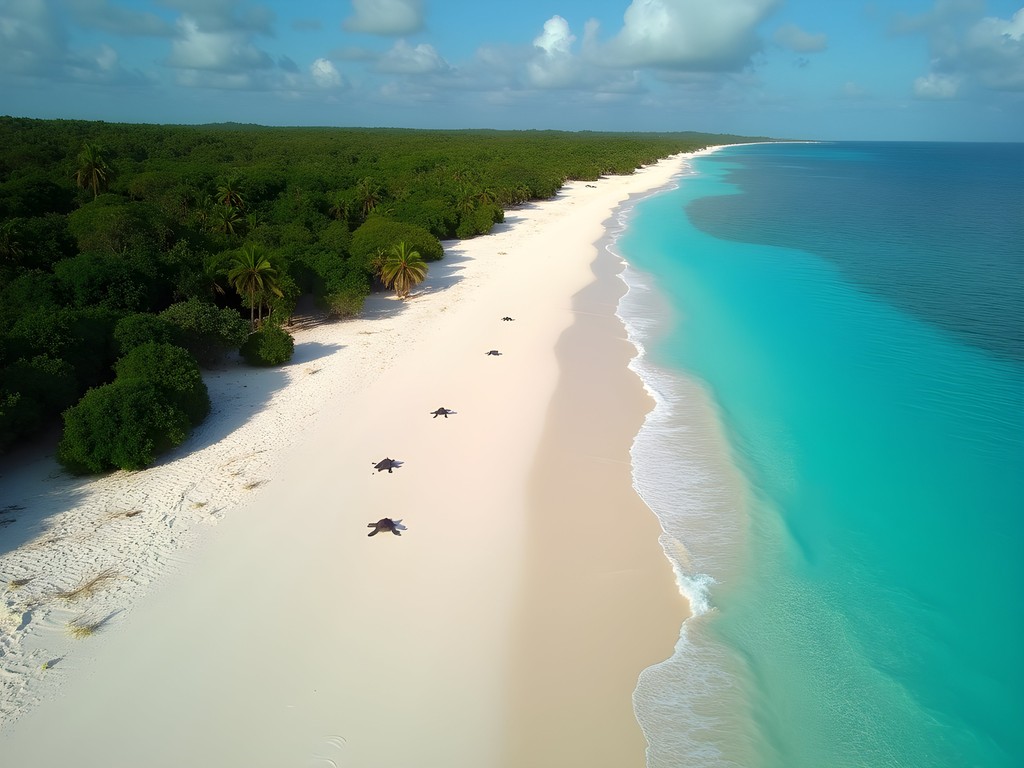
💡 Pro Tips
- Visit on weekdays to avoid the small weekend crowds of local families
- Bring everything you need for the day (food, water, shade) as there are no vendors
- The small entrance fee (around 50 pesos) helps fund turtle conservation efforts
Punta Bete: The Forgotten Stretch
Between the bustling developments of Playa del Carmen and Puerto Morelos lies a coastal stretch that development somehow forgot. Punta Bete represents what much of the Riviera Maya looked like before the tourism boom—a series of small, unmarked beach access points leading to wide, palm-fringed shores with minimal infrastructure.
I discovered this area entirely by accident. Following a local tip about a seafood restaurant, I turned down an unmarked dirt road that seemed to lead nowhere. After a bumpy half-mile drive, the jungle opened to reveal a stunning beach with only a handful of visitors scattered across its considerable length.
What makes Punta Bete special is its authentic character. The few accommodations here are small, family-run cabañas rather than corporate resorts. I spent two nights at one such place—a collection of simple but charming thatched-roof bungalows directly on the sand. With no television, spotty Wi-Fi, and a ceiling fan instead of air conditioning, it offered the kind of digital detox that reconnects couples with each other rather than their screens.
The waters here feature fascinating limestone formations just offshore, creating natural swimming pools at low tide. The reef lies further out than at other Riviera Maya locations, making the shoreline swimming experience safe even for novice swimmers. For sunset, I recommend bringing a lightweight beach blanket to spread on the sand—the perfect setting for a bottle of wine and uninterrupted conversation as the sky transforms through shades of orange and pink.
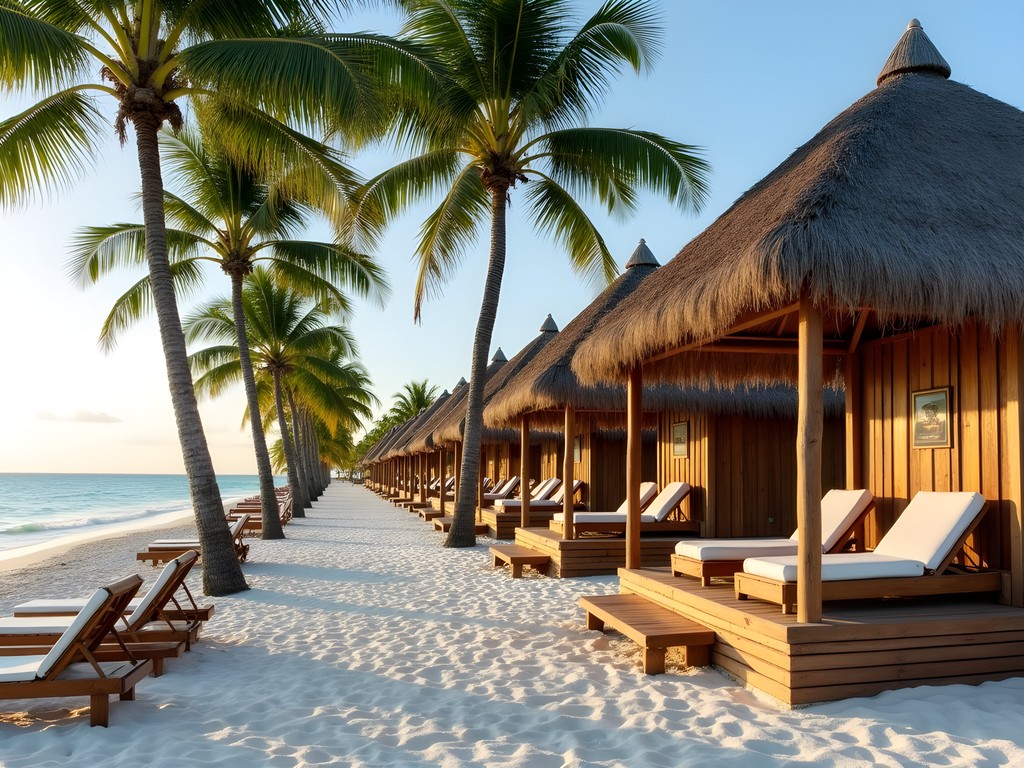
💡 Pro Tips
- The road to Punta Bete can be rough—a rental car with decent clearance is recommended
- Bring cash as the small businesses here rarely accept credit cards
- Ask locals about tide times—low tide reveals the most interesting limestone formations
Xpu-Ha: The Local's Paradise
When I ask long-term expatriates living in the Riviera Maya about their favorite beach, one name consistently emerges: Xpu-Ha (pronounced "shpu-ha"). Located roughly halfway between Playa del Carmen and Tulum, this magnificent stretch of coastline somehow remains under the radar for most international tourists despite being easily accessible from Highway 307.
My investigative instincts told me to visit on a Sunday, when Mexican families traditionally enjoy their beach days. The experience proved revealing—while tourists packed Tulum's trendy beach clubs, Xpu-Ha hosted predominantly local families enjoying simple pleasures: coolers of home-cooked food, portable speakers playing ranchera music, and multi-generational gatherings under rented palapas.
Xpu-Ha strikes the perfect balance between accessibility and preservation. Several low-key beach clubs provide just enough amenities to ensure comfort without overwhelming the natural setting. I particularly enjoyed La Playa Xpu-Ha, where consuming food and drinks from their restaurant grants you access to clean facilities, showers, and comfortable loungers for the day.
What truly distinguishes Xpu-Ha is its water quality. The beach sits within a protected bay where development restrictions have preserved exceptional water clarity. Snorkeling directly from shore, I spotted numerous tropical fish species without needing to swim out to deeper waters. The gradual slope of the seafloor makes it ideal for wading, and the consistent breeze keeps both temperatures and mosquitoes in check.
For couples looking to capture memories, I recommend bringing a waterproof camera. The combination of crystal waters, white sand, and the bay's natural beauty creates postcard-perfect photographs without needing professional equipment or filters.
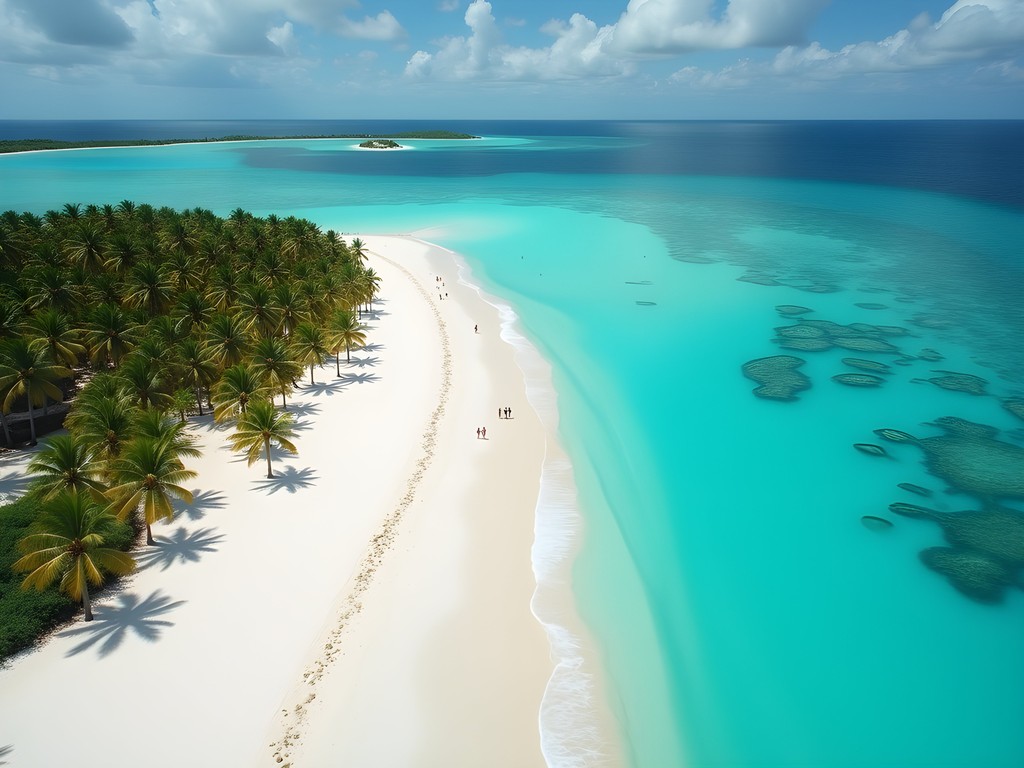
💡 Pro Tips
- Visit on weekdays for maximum tranquility or Sundays for an authentic local atmosphere
- The beach clubs will waive minimum consumption fees if you arrive before 10 AM
- Walk north along the beach to find completely undeveloped stretches with no facilities but total privacy
Playa Maroma: The Powder-White Sanctuary
Some beaches gain their hidden status not through inaccessibility but through being overshadowed by more famous neighbors. Such is the case with Playa Maroma, which despite being consistently rated among the world's best beaches, remains relatively uncrowded compared to nearby Playa del Carmen.
What struck me immediately upon arriving at Maroma was the quality of the sand—so fine and white that it squeaks underfoot like fresh snow. This isn't hyperbole; the sand here contains a high percentage of crushed coral rather than quartz, giving it a distinctive texture and remarkable ability to remain cool even under the midday sun.
Access to Maroma requires some insider knowledge. While several exclusive resorts claim portions of the beach, public access points exist for those who know where to look. I found the best entry point by following a small sign for Maroma Adventures, which leads to a parking area where a modest fee grants beach access.
Once on the beach, I walked north for about 15 minutes, passing the resort areas until reaching a stretch where development disappears entirely. Here, the combination of powder-white sand and the Caribbean's characteristic blue gradient creates a visual spectacle that justifies every superlative.
For couples seeking romantic seclusion, I recommend packing a portable beach umbrella to create your own shaded sanctuary away from the few beach clubs. The sand's fine quality makes it perfect for lounging directly on a beach towel without the discomfort coarser sand can cause.
My decades as an investigator taught me to recognize authenticity, and Maroma's beauty requires no exaggeration or filter—it's simply one of the most visually stunning beaches you'll encounter anywhere in the world.

💡 Pro Tips
- Arrive before 9 AM to secure parking at the public access points
- Bring cash for the access fee (around 150 pesos per person)
- Pack sufficient water and snacks if you plan to walk to the undeveloped northern section
Paamul: The Expat Enclave
Some of the most interesting discoveries come from following unconventional paths. Paamul emerged on my radar after overhearing a conversation between long-term American expatriates at a café in Playa del Carmen. They spoke of it as their weekend escape—a place where they could avoid both tourists and the growing digital nomad crowd.
Intrigued, I followed their directions to a modest entrance gate just off Highway 307. After explaining to the security guard that I wished to visit the beach (a simple "voy a la playa" sufficed), I was waved through to a fascinating community that feels frozen in time.
Paamul began as a simple fishing camp decades ago before evolving into a small community of RV owners, many of whom are Canadian and American retirees who return year after year. Over time, many RVs have transformed into permanent structures through creative additions of concrete walls, thatched roofs, and colorful Mexican tilework—creating a unique architectural patchwork along the shoreline.
The beach itself is more rugged than others on the Riviera Maya, with a mix of sandy areas and rocky outcroppings. This varied terrain creates excellent conditions for snorkeling, as the rocks provide habitat for numerous fish species. The offshore reef breaks the strongest waves, resulting in relatively calm waters in the bay.
What makes Paamul special for couples is its community feel combined with sufficient space for privacy. The small beachfront restaurant serves simple but delicious seafood at prices reminiscent of the Riviera Maya before its tourism boom. I spent a delightful afternoon chatting with a retired teacher from Minnesota who had been wintering here for 23 years, gaining insights no guidebook could provide.
For those planning to snorkel the interesting rocky areas, I recommend protective water shoes to navigate the occasionally sharp underwater terrain safely. The extra protection allows you to explore the full range of marine environments without worry.
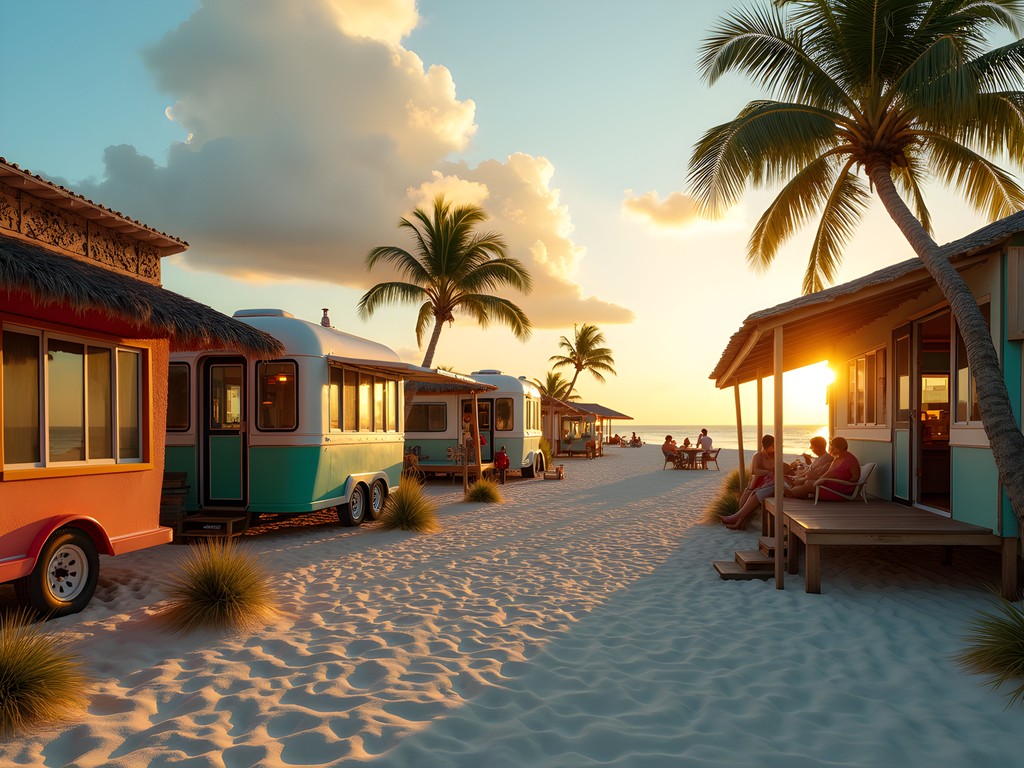
💡 Pro Tips
- Respect that you're visiting a close-knit community—keep noise levels down and greet residents you encounter
- The small restaurant doesn't accept credit cards, so bring pesos
- Ask permission before photographing the unique homes, as people value their privacy
Akumal: The Turtle Bay Experience
Sometimes a location becomes known for one specific attraction while its other merits remain overlooked. Such is the case with Akumal, which has gained fame for its resident sea turtle population but offers much more for those willing to explore beyond the main bay.
Having visited Akumal multiple times over the past decade, I've witnessed its evolution from a quiet village to a popular day-trip destination. The main bay now requires guided tours for snorkeling with turtles—a conservation measure I fully support despite the added cost and restrictions. However, my investigative instincts led me to discover that Akumal actually comprises several distinct beach areas, each with its own character.
While most visitors crowd Half Moon Bay and Akumal Bay, I recommend couples head to Jade Bay, the southernmost of Akumal's beaches. This rocky-entry cove features dramatically different conditions—stronger currents, deeper water, and far fewer people. The jade-green water that gives the bay its name comes from the unique combination of white sand and limestone bottom, creating a color that's distinct from the turquoise found elsewhere.
For experienced snorkelers, Jade Bay offers sightings of larger marine species that avoid the more populated areas. During my recent visit, I encountered a small nurse shark resting under a coral ledge—the kind of wildlife encounter that has become increasingly rare in heavily trafficked snorkeling spots.
The rocky entry points at Jade Bay necessitate proper equipment. I've found that full-foot fins provide better protection and power than open-heel models when navigating the sometimes challenging entry and exit points. The extra thrust they provide also helps when swimming against the occasionally strong currents.
After your water exploration, the small palapa restaurants near the public beach access offer some of the most authentic and reasonably priced seafood along this stretch of coast. My personal recommendation is the whole fried fish (pescado frito) served with minimal seasoning that allows the freshness to shine through.

💡 Pro Tips
- Visit the main Akumal Bay before 9 AM if you want to see turtles without booking a guided tour
- For Jade Bay, check wind conditions—strong northerly winds can create challenging swimming conditions
- Bring biodegradable sunscreen only, as chemical sunscreens are prohibited to protect the coral reef
Soliman Bay: The Final Frontier
My career as a private investigator taught me that the most valuable discoveries often lie at the end of the most challenging paths. Soliman Bay embodies this principle perfectly—a hidden coastal haven that requires determination to reach but rewards visitors with an experience increasingly rare in the modern Riviera Maya.
Located just north of the Tulum hotel zone, Soliman Bay remains largely unknown to international visitors despite being only a 15-minute drive from one of Mexico's trendiest destinations. The key to its preservation lies in its access road—a rutted, unpaved track that deters casual visitors and tour buses alike.
Unlike the straight, wide beaches that characterize much of the Riviera Maya, Soliman Bay forms a protected horseshoe shape embraced by rocky points at either end. This geography creates exceptionally calm waters even when stronger waves affect other areas. The bay's extensive seagrass beds might initially disappoint those expecting pristine sand bottoms, but they serve a crucial ecological purpose—providing habitat for juvenile fish and feeding grounds for the bay's resident sea turtles.
What struck me most about Soliman Bay was its throwback atmosphere. The limited development consists primarily of private homes and small rental properties rather than commercial establishments. The absence of beach clubs, vendors, and crowds creates a peaceful environment where the natural soundtrack of waves and birdsong remains uninterrupted.
The bay's protected waters make it ideal for inflatable paddleboard exploration. During my visit, I rented one from my accommodation and spent a magical morning gliding over the clear waters, observing rays and turtles from above without disturbing their natural behaviors.
For couples seeking true escape, Soliman Bay offers a rare opportunity to experience the Riviera Maya as it once was—before the development boom forever changed much of this coastline. The handful of small restaurants serving the area provide authentic, unhurried dining experiences where fresh ingredients and family recipes take precedence over presentation and ambiance.
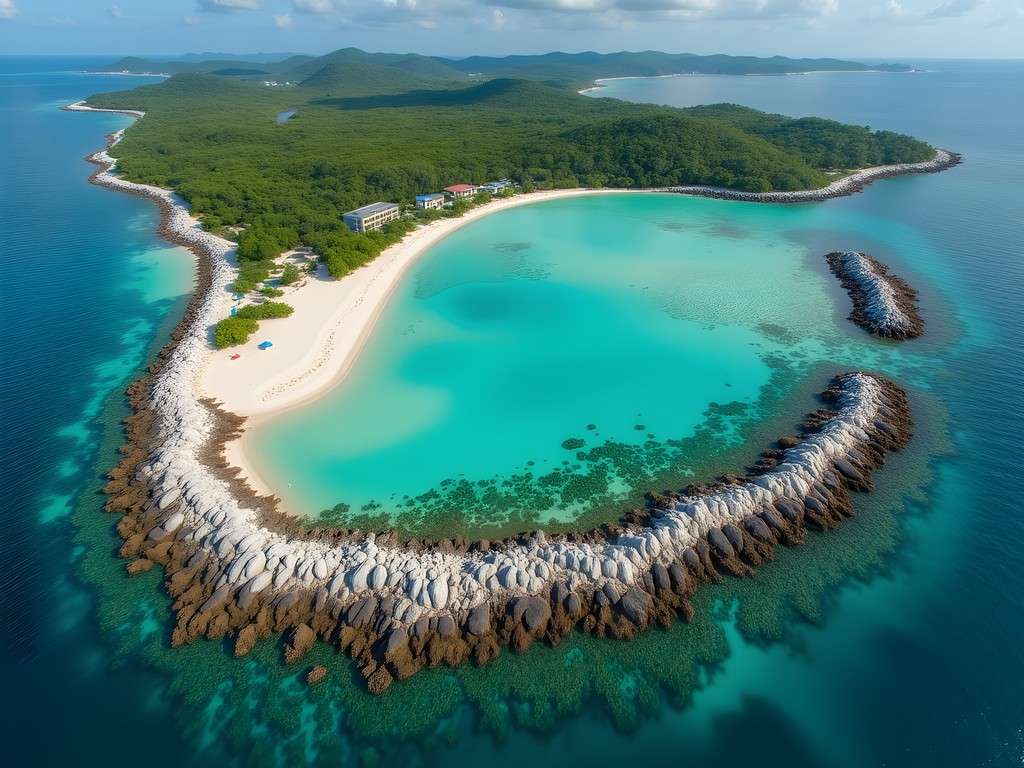
💡 Pro Tips
- Rent a property directly on the bay if possible—the experience of stepping from your door onto a nearly private beach is worth the premium
- A rental car is essential as no public transportation serves this area
- Bring sufficient cash as the small establishments rarely accept cards and the nearest ATM is in Tulum
Final Thoughts
The true Riviera Maya reveals itself to those willing to venture beyond the familiar paths of mass tourism. Each of these seven beaches offers a distinct character and experience, yet they share a common quality—an authenticity increasingly difficult to find in our homogenized world. As development continues to transform this coastline, these hidden havens may not remain secret for long. I've witnessed similar transformations in destinations worldwide, where today's hidden gem becomes tomorrow's tourist hotspot. My investigator's instinct tells me to revisit these beaches soon, as the forces of development rarely remain at bay indefinitely. For couples seeking connection—both with each other and with the natural world—these seven beaches provide perfect settings for creating memories uncluttered by crowds and commerce. The question isn't whether you should visit, but rather how soon you can go before others discover what you now know.
✨ Key Takeaways
- The most rewarding beaches require extra effort to reach—whether through rough roads, local knowledge, or simply walking further than most visitors are willing to go
- Visit during spring for ideal weather conditions before the summer heat and hurricane season arrive
- Renting a car is essential for discovering these hidden beaches, as public transportation won't get you to most of these locations
- Support conservation efforts by practicing responsible tourism—using reef-safe sunscreen, respecting wildlife, and leaving no trace
📋 Practical Information
Best Time to Visit
March to early May (spring)
Budget Estimate
$100-200 per day per couple (excluding accommodations)
Recommended Duration
7-10 days
Difficulty Level
Moderate

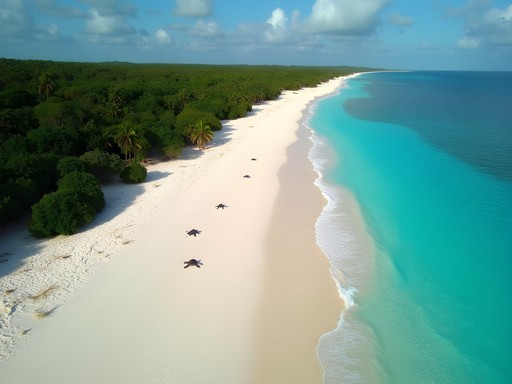
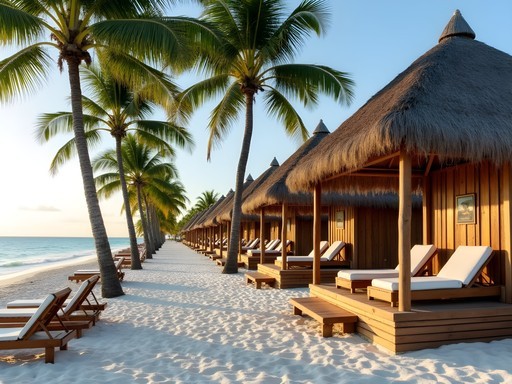

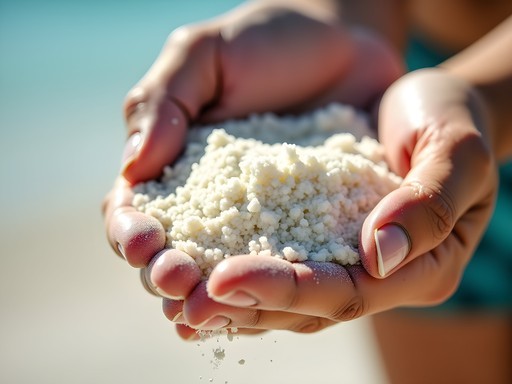
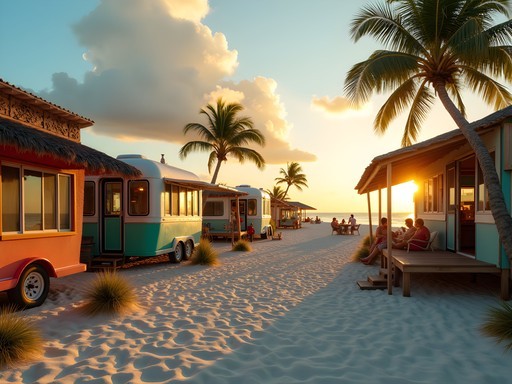




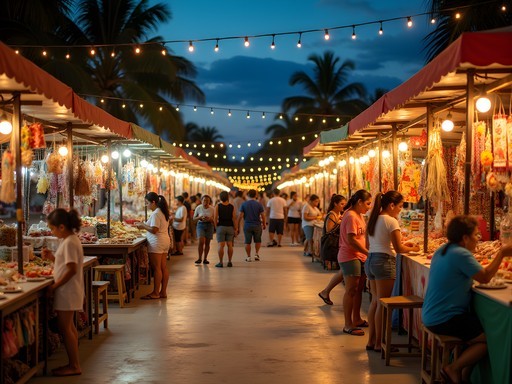



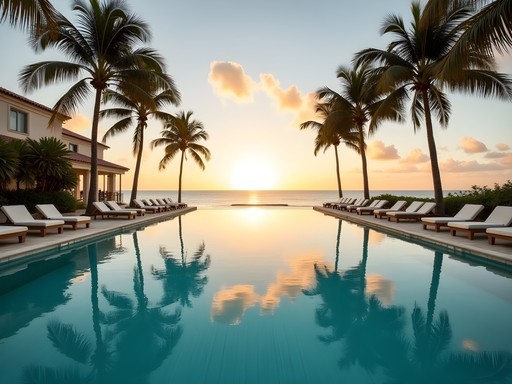
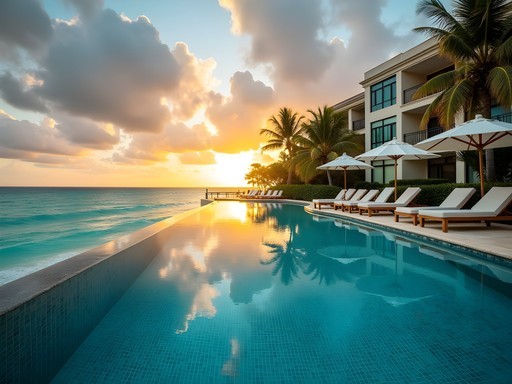
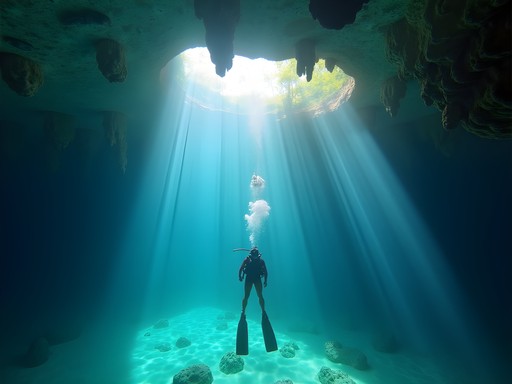
Comments
oceannomad
Just got back from Riviera Maya and used this guide to find Playa Maroma. WOW! The powder-white sand is no exaggeration. We were practically alone there on a Tuesday morning. One tip - go early (before 10am) as it got busier with tour groups in the afternoon. The coral reef just offshore was perfect for snorkeling too. Saw so many colorful fish without having to book an expensive tour. Thanks for helping us avoid the Cancun crowds, Yuki!
Yuki Hicks
So glad you enjoyed it! Mornings are definitely magical there. Did you get a chance to visit any of the other beaches on the list?
oceannomad
We also tried Punta Bete but it was a bit windy that day. Still beautiful though! Planning to return next year to check out the others.
oceanzone
Anyone been to Xcacel during turtle hatching season? Wondering if it's worth planning our trip around that time?
Riley Griffin
We were there last August during hatching season and it was magical! They have protected areas roped off, but we were lucky enough to see a nest of hatchlings making their way to the ocean one evening. The sanctuary staff are super knowledgeable and passionate about conservation. Just remember they limit daily visitors, so arrive early!
oceanzone
That sounds incredible! Definitely adjusting our travel dates. Thanks!
Megan Martin
Yuki, your investigative background really shows in how you've uncovered these gems! I visited Xpu-Ha last year during a business trip extension and was blown away by how empty it was compared to the hotel zone beaches. For anyone going, I recommend the small seafood shack on the north end - best ceviche I've had in Mexico. Also worth noting that the beach access sometimes has a small fee (about 50 pesos) but it's well worth it for the facilities and to help maintain the pristine condition. I found bringing a dry bag essential since it's quite remote with few places to secure valuables if you want to swim.
oceannomad
That ceviche place sounds amazing! Is it walkable from where the collectivos drop you off?
Megan Martin
It's about a 10-minute walk north once you're on the beach. Just look for the blue canopy with plastic tables. Cash only and they usually close around 4pm!
coffeeway
This is exactly what I've been looking for! We're heading to Cancun next month but wanted to escape the crowds. Is Xcacel easy to reach without a rental car?
Yuki Hicks
You can definitely reach Xcacel without a rental! Colectivos (shared vans) run along the highway between Cancun and Tulum. Just tell the driver you want Xcacel and they'll drop you at the entrance path. It's about a 5-minute walk from the highway to the beach. Only costs about 40-50 pesos!
coffeeway
Thanks so much! That sounds perfect for our budget. Can't wait to see the turtles if we're lucky!
George Hayes
I have to give major props for including Punta Bete! We stumbled across it completely by accident last year when the kids were getting antsy in the car. It felt like we discovered a secret! There were maybe 5 other people on the entire stretch. The beach has this wild, untamed feeling that's getting harder to find. We spotted so many interesting shells and the kids built a massive driftwood fort. If anyone's going, the entrance is super easy to miss - it's just a small dirt path between two properties. Look for a small wooden sign that says 'Playa Pública'.
adventurebuddy
Playa Maroma is absolute heaven! Those powder-white sands are no joke.
citymate
Are these beaches safe for solo female travelers? Planning a solo trip in November.
George Hayes
I can't speak as a solo female traveler, but my wife and sister both felt very comfortable at these beaches. Xpu-Ha and Xcacel have enough people around to feel safe but not crowded. Just use common sense - visit during daylight hours and keep valuables to a minimum.
citymate
Thanks George, that's reassuring!
Riley Griffin
Yuki, your investigative background really shows in how you uncovered these gems! We took our family to Xpu-Ha last year and it was EXACTLY as you described - that perfect balance of facilities without overcrowding. The kids loved that the water was so calm and clear. We actually packed our lunch and spent the whole day there for just the small parking fee. One tip for families: bring water shoes for everyone as there are some rocky patches mixed in with that gorgeous sand. We used our beach tent which was perfect for giving the little ones a shady spot to rest.
happyphotographer
This is exactly what I've been looking for! How accessible are these beaches via public transportation? Planning to avoid the rental car hassle if possible.
Yuki Hicks
Great question! Colectivos (shared vans) run along the 307 highway and can get you close to most of these beaches. For Xcacel and Xpu-Ha, just tell the driver where you want to stop. You might need to walk 10-15 minutes from the highway. Playa Maroma is trickier - you'll need to walk through a resort entrance path (legally accessible) or take a taxi from Puerto Morelos.
happyphotographer
Thanks so much for the detailed info! Colectivos sound perfect for our budget travel style.
nomadway
Are any of these beaches good for a beginner snorkeler? Going to Mexico for the first time next month!
nomadstar
Xpu-Ha is perfect for beginners! Gentle slope, usually calm waters, and you can see fish right near the shore. Bring your own gear to save $.
Venture X
Premium card with 2X miles, $300 travel credit, Priority Pass